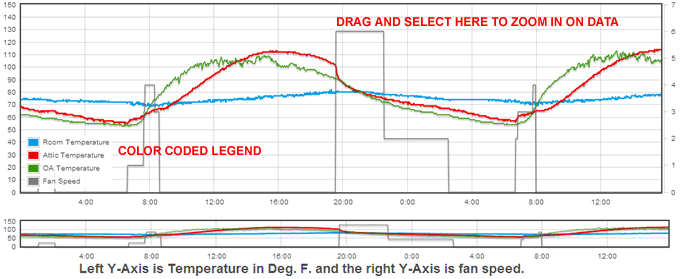Why reserve an IP address?
The AirScape control board gets its IP address from your router through a process called DHCP. When your router senses that a new device is connected, it assigns an IP address to that device.
A DHCP assigned IP address can and will change over time, but we want a fixed address for our AirScape whole house fan. With an IP reservation, the router will recognize the fan by its MAC address and then assign it the same IP address each time. This way, when you use the web browser interface to control your whole house fan you type in the same IP address each time.
Previous blog entry on Dlink router IP reservations.
The video below gives you a brief overview on reserving an IP address on the current (2014) line of XFINITY and Comcast routers:



